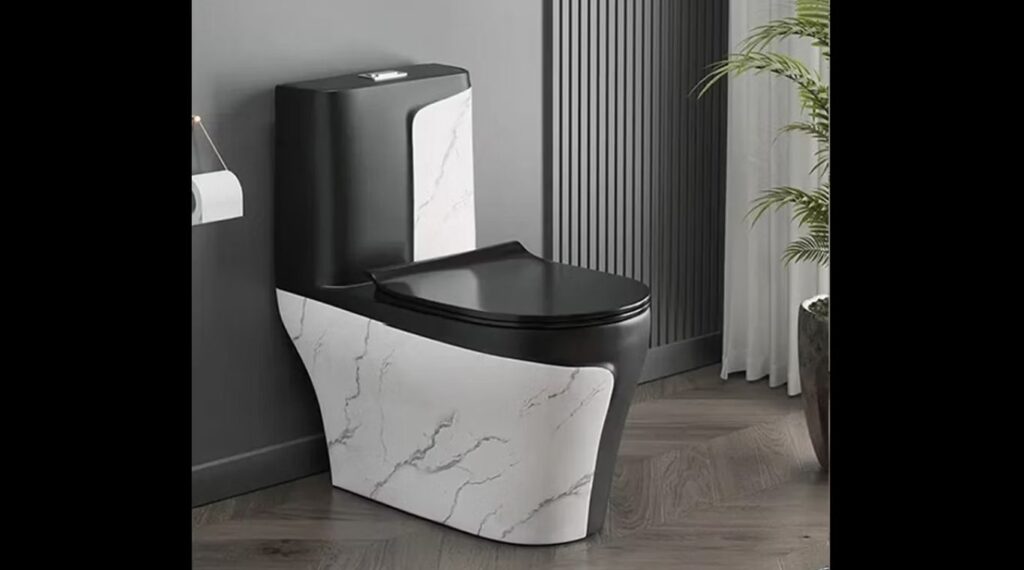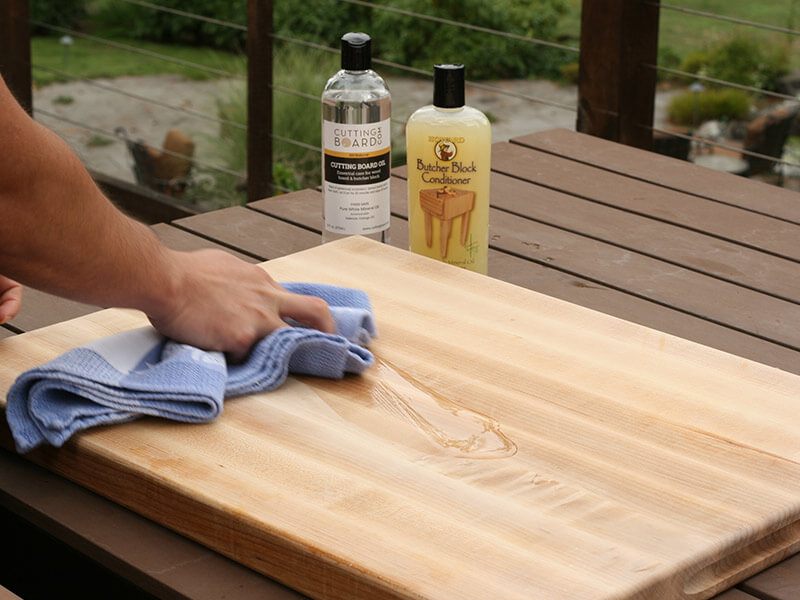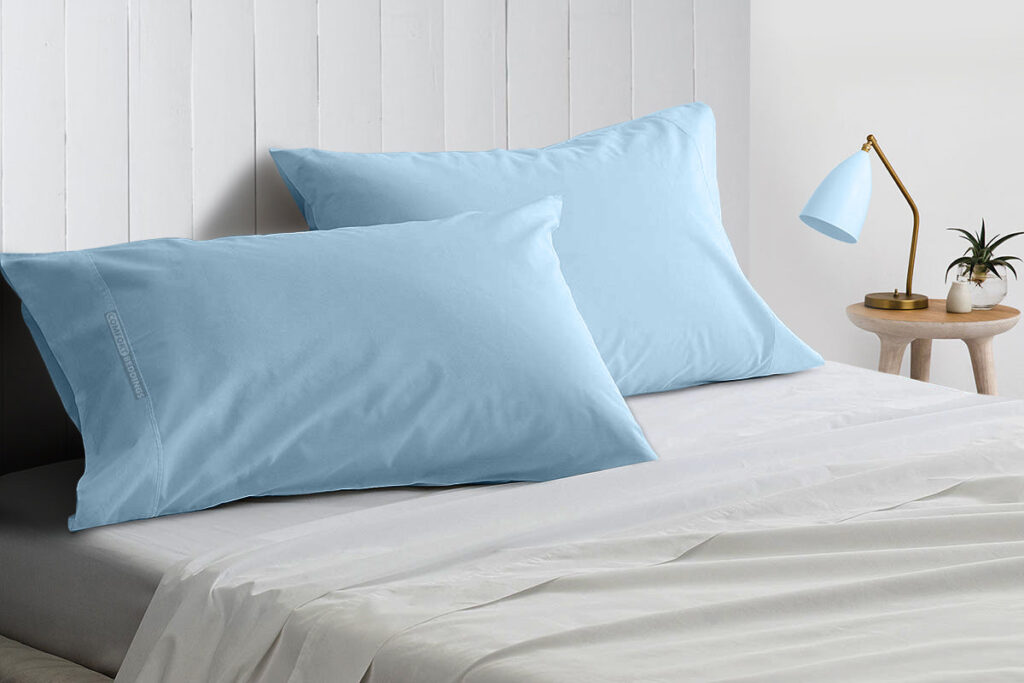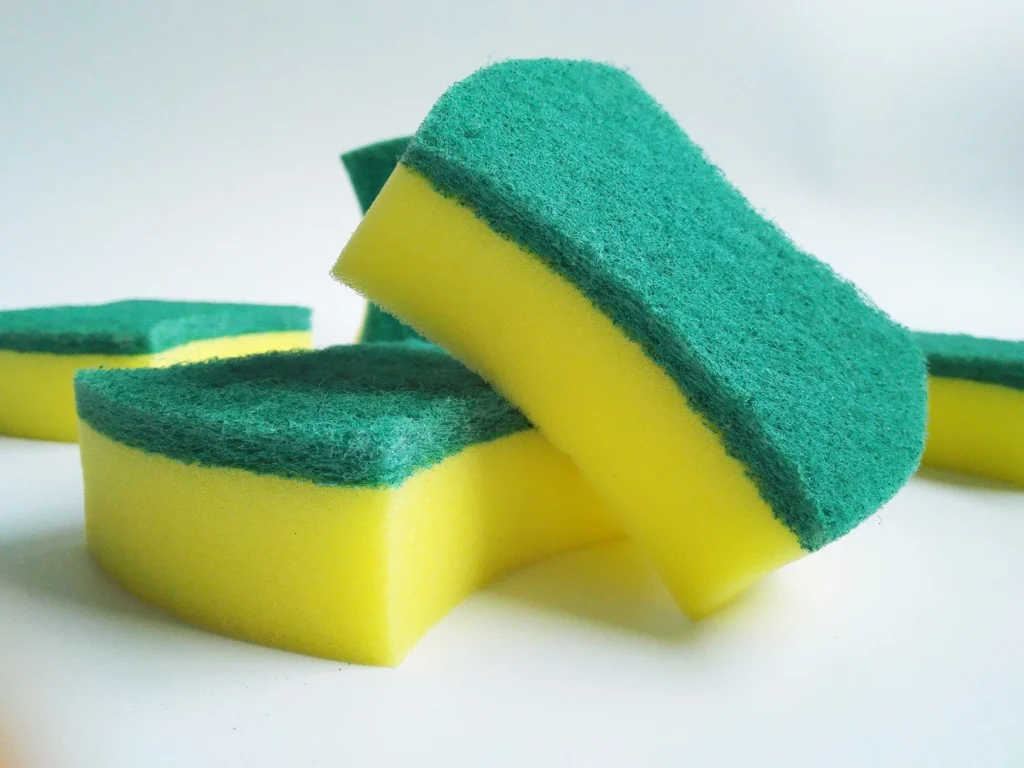These Everyday Household Items Are Dirtier Than Your Toilet Seat — Here’s How to Clean Them Effectively

These Everyday Household Items Are Dirtier Than Your Toilet Seat — Here's How to Clean Them Effectively
Toilet seats often get a bad reputation when it comes to germs, but they might not actually be the dirtiest item in your home. In fact, several objects you touch every day harbor far more bacteria—some even hundreds of times more. According to a recent social media post by orthopedic expert Dr. Manan Vora, there are five common household items that carry more germs than a toilet seat and are often overlooked when it comes to cleaning.
Unlike toilet seats, which most people clean regularly, these items are used frequently but rarely disinfected. The bacteria and germs found on them can lead to issues ranging from food poisoning and cavities to skin irritation and scalp infections. Here’s what you should be cleaning more often—and how to do it right.
5 Common Items Dirtier Than a Toilet Seat
(as highlighted by Dr. Manan Vora)

1. TV Remote Control
Rarely cleaned but frequently handled, TV remotes often collect bacteria from unwashed hands, food residue, and dust. Studies show they can contain over 20 times more bacteria than a toilet seat.
How to Clean:
- Remove the batteries before cleaning.
- Wipe the surface with a disinfectant wipe or a cloth dampened with a water–vinegar solution.
- Use a cotton swab or soft-bristled toothbrush to clean between buttons.
- Avoid excess liquid to prevent internal damage.
- Let it air dry completely before reinserting the batteries.

2. Cutting Board
Especially when used for raw meat, cutting boards can carry bacteria like E. coli and Salmonella. Knife grooves trap food particles and create the perfect environment for germs to thrive.
How to Clean:
- Wash with hot, soapy water after each use.
- Sanitize regularly with a diluted bleach solution.
- Dry thoroughly after washing.
- Replace boards that are heavily scored or cracked.
3. Smartphone
Phones go everywhere—from public transport to bathrooms—but rarely get cleaned. Constant handling and exposure make them hotspots for bacteria, with studies showing they can carry up to ten times more germs than a toilet seat.
How to Clean:
- Use a microfiber cloth lightly dampened with isopropyl alcohol.
- Clean the surface regularly.
- Avoid taking your phone into the bathroom.
- Wash your hands before and after using your phone, especially when eating.

4. Pillow Cover
Pillowcases collect sweat, dead skin, drool, and dust night after night. Within just a week, they can accumulate millions of bacteria per square inch—far more than your toilet seat.
How to Clean:
- Wash pillow covers and bedsheets once a week.
- Use hot water and a gentle detergent.
- Consider allergen-proof pillow protectors for added cleanliness.

5. Kitchen Sponge
Always damp and full of food particles, kitchen sponges are ideal breeding grounds for harmful bacteria such as Salmonella and Campylobacter. These can cause serious foodborne illnesses if not managed properly.
How to Clean:
- Sanitize daily by microwaving a damp sponge for one minute or by soaking it in a bleach solution.
- Avoid using the same sponge for multiple surfaces.
- Replace sponges every 7 to 10 days.
Why Regular Cleaning Matters
Items like your phone, remote control, or kitchen sponge may seem harmless but are often the biggest contributors to bacteria buildup in your home. Unlike toilet seats—which many people clean regularly—these everyday items are frequently ignored, allowing germs to spread easily through touch.
Dr. Vora emphasizes that keeping these items clean doesn’t take much time or effort, but it can significantly reduce the risk of illness and improve overall hygiene at home. Consistent cleaning habits are one of the simplest ways to stay healthy.
Disclaimer: This article is based on a social media post by Dr. Manan Vora and reflects general advice on household hygiene. It is not a substitute for professional medical consultation.












